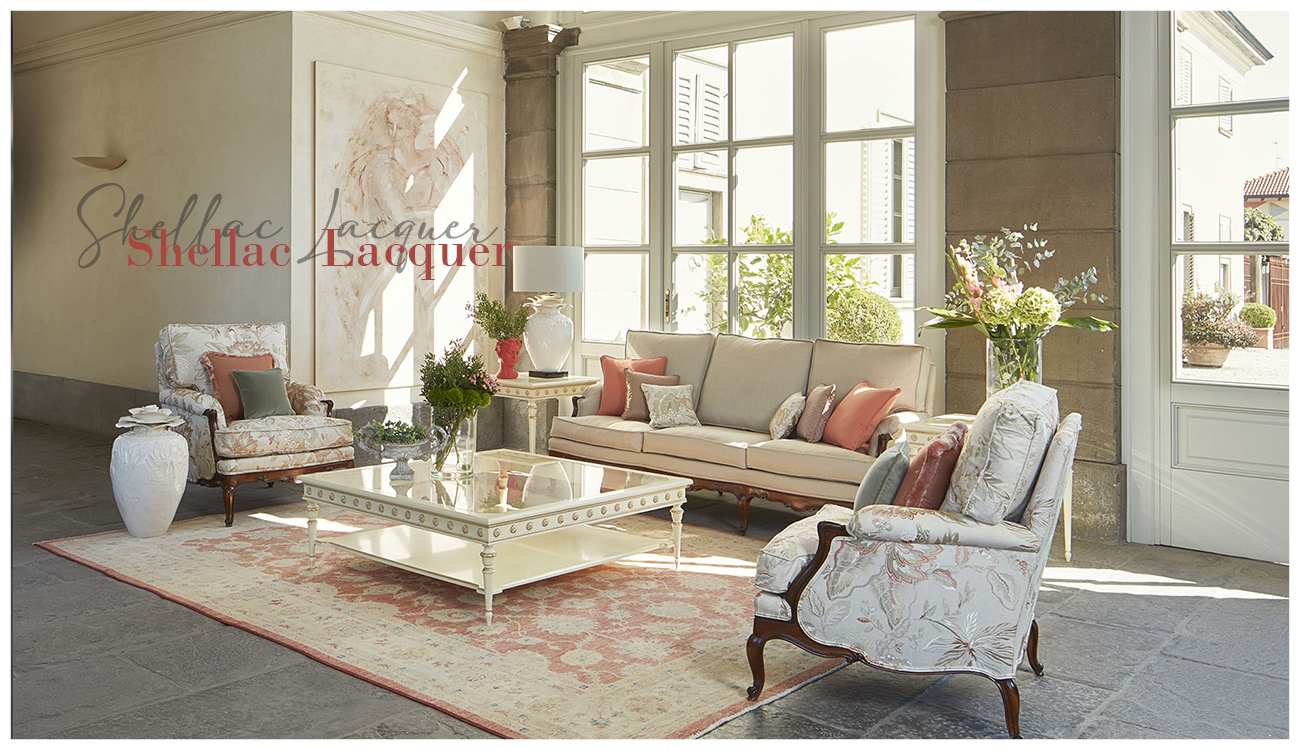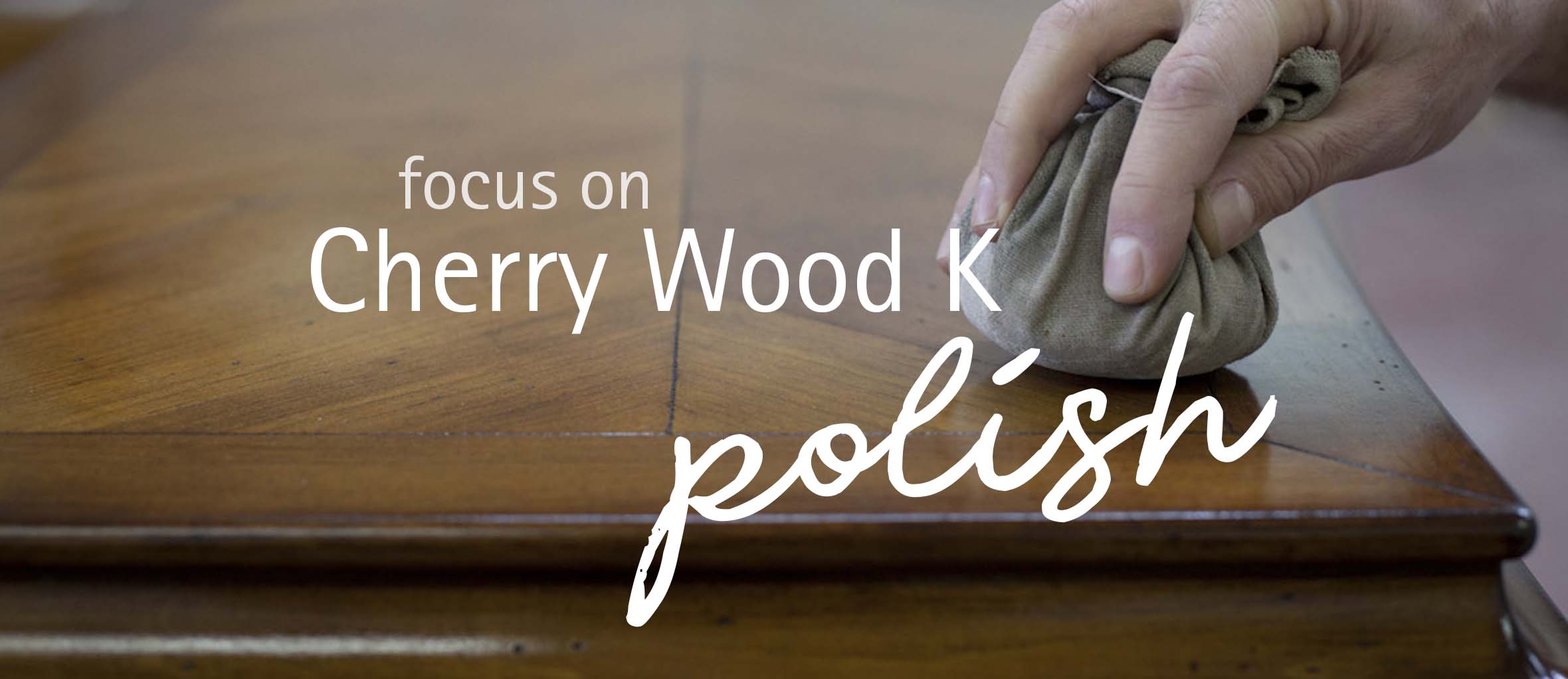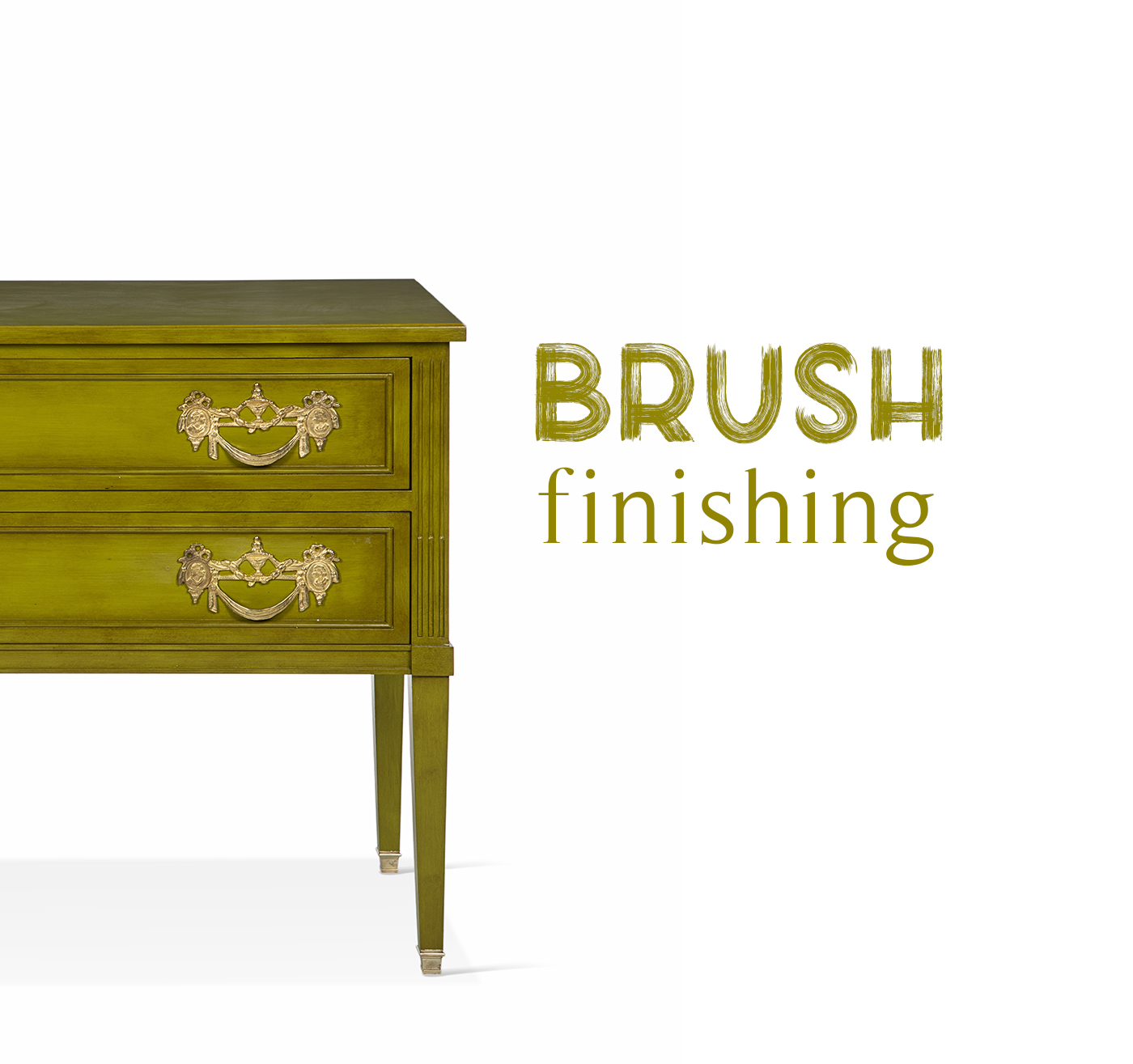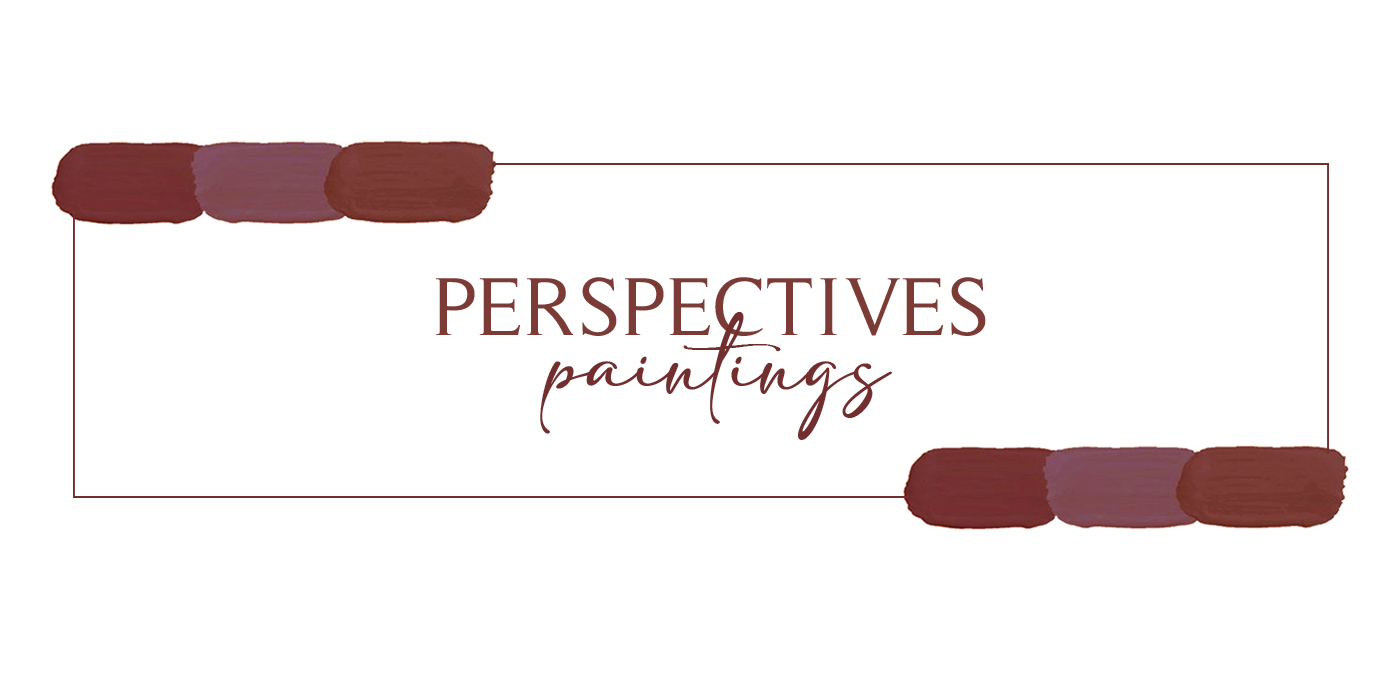AI stands for Artisanal Intelligence: discover our Manifesto at Salone del Mobile Milano
In recent times we hear a lot of talk about AI, artificial intelligenc
Focus on: the Shellac Lacquer Antiqued
Charming and with an antique flavour, the shellac lacquer antiqued fin
Traditional French polishing with a tampon finish made on cherry essence
The magic starts here: after having spread the water-based dye on the
Versailles brasses, a matter of details
The patina of time transforms the furniture into contemporary and clas
Brush finishing
A classic effect with a classic technique. The brushing lacquer is app
Perspective paintings
Get ready, we’re about to travel through time. Since 1300, China







